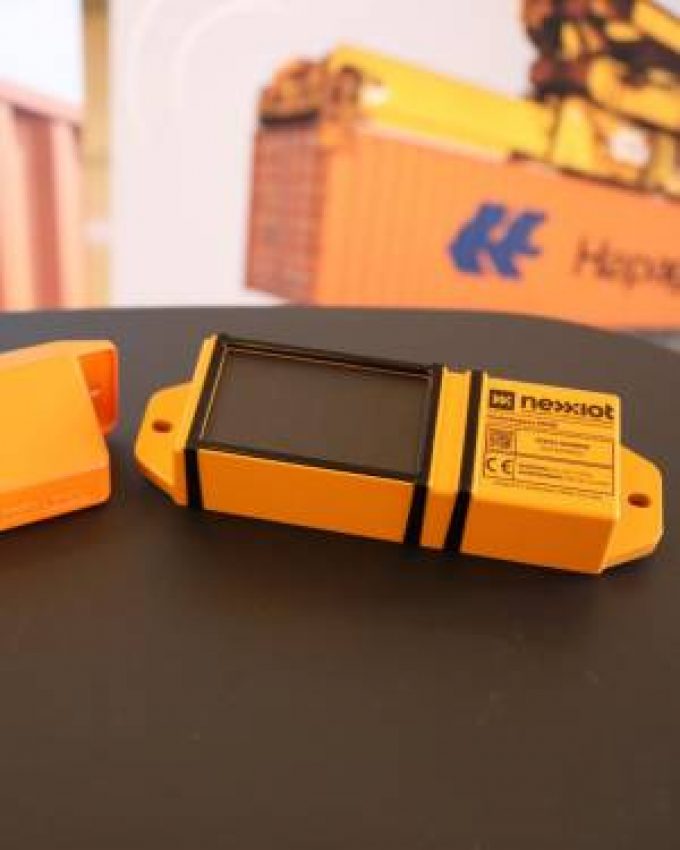Soaring box lines make market cap hay, but nowhere near C-19 highs for most
If the CAP fits…

Updating a previous estimate, Drewry now says that by 2027, almost one-third of all containers will be equipped with telematics hardware.
A container becomes “smart” with the addition of a telematics device, enabling real-time tracking and monitoring, which boosts operational efficiency, equipment availability and supply chain ...
CMA CGM South Korean staff strike over bonuses after bumper 2024 profit
'Another painful headache for shippers' as Asia-N Europe rate rally ends
Amazon Air Cargo partners-up for new transpacific route into the US
MSC switches two more Asia-Europe port calls from congested Antwerp
Ports and supply chain operators weigh in on funding for CPB
Nightmare for Bangladeshi exporters as congestion and tariffs bite
Carriers introduce surcharges as congestion builds at African ports
CMA airline returns two freighters, while ANA takeover of NCA looms

Comment on this article